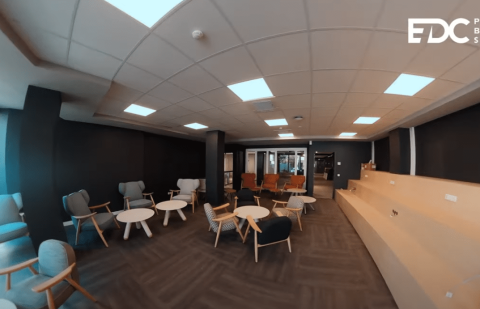
Viadeo: a poorly managed international ambition
Viadeo
In 2004, Viadeo, the first social network for professionals of all sectors and statuses, was launched in France. It quickly became popular (1 million users in 2007). Viadeo's founders soon set their sights on international expansion, first in Europe (where it became the market leader), then in the BRICS and Africa. The company continues to grow: from 26 million users at the end of 2010, Viadeo reaches 48 million in December 2012 and 65 million by the end of 2014.
Unfortunately, despite successive fund-raisings and an IPO in 2014, the company, which faces competition from the American network Linkedin (claiming over 300 million users in April 2014), is struggling to become profitable. Over the years, it has made substantial losses (23.3 million euros in 2015) and its share price has plummeted (from 17.10 euros to less than 99 cts in one year).
In 2015, it had to review its international ambitions and decided to focus on France with a new business model inspired by its competitor Linkedin: charging companies when they recruit via its platform.
But that wasn't enough to get the company back on its feet. Placed in receivership, it was taken over by Figaro Classifieds, a subsidiary of the Figaro Group at the end of 2016 for 1.5 million euros. Linkedin was acquired by Microsoft also in 2016 for 23.3 billion euros.
This case study looks at the choices made by a start-up to ensure its growth: international development, choice of target countries, marketing strategy. A comparison with its main competitor shows that there is no one "right solution", and that in the light of the difficulties encountered, what may have seemed judicious at one time may prove dangerous later on.
This case has three main objectives.
The first objective relates to understanding internationalization strategies. Learners are expected to discuss strategies for penetrating a new target market and the operational methods for implementing this strategy. Viadeo's choices serve as examples for comment.
The second objective relates to international marketing. Learners are encouraged to understand and evaluate the options available to a company (adaptation, globalization, glocalization). The Viadeo-Linkedin-Xing comparison highlights all the possible choices based on the different analyses carried out by these companies.
The third objective is linked to social networks: to familiarize learners with a sector that they practice in a "friendly" way (Facebook, Snapshat, etc.) or in a "professional" version. The aim is to get them thinking about the business models of professional social networks.
In terms of know-how, the press kit helps learners develop their ability to find the right information, analyze it and then relate it to the concepts covered in class.
Depending on the logic of the course, the case can be used in several parts, with the aim of assimilating what has been seen previously through a concrete case:
- Macro-environment, international opportunities and vectors
- Internationalization procedures, choice of target countries and market entry methods
- International strategic marketing
This case study was tested with students in an M1 international marketing course. The aim here is to present a number of points to watch out for, as well as some questions for further study and opening up.
Analysis of the macro-environment can be problematic, with learners confusing internal and external analysis. Elements concerning Viadeo, for example, can be found in the PESTEL.
It is interesting for the presenter to return to the link between internationalization strategy and international strategic marketing during the course.

